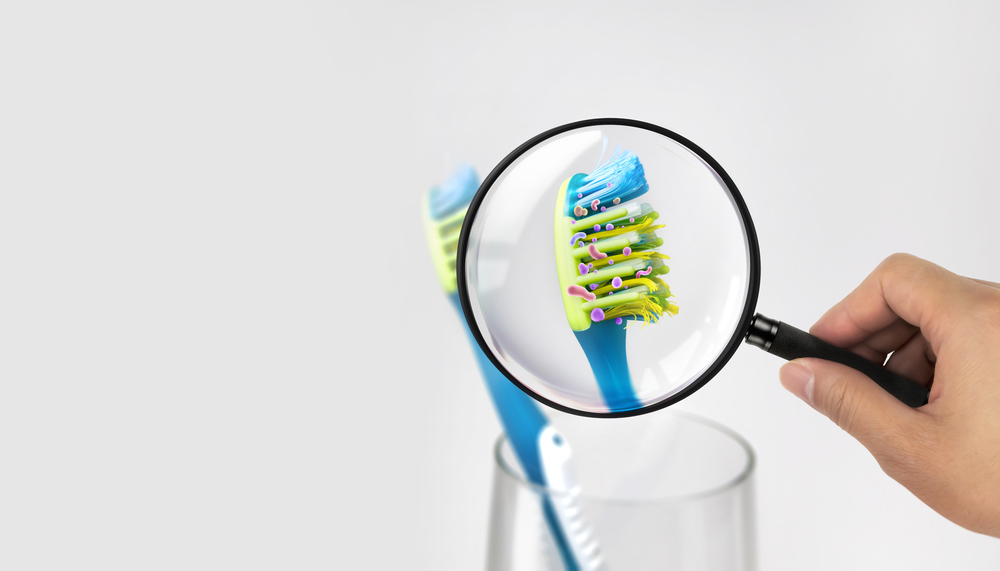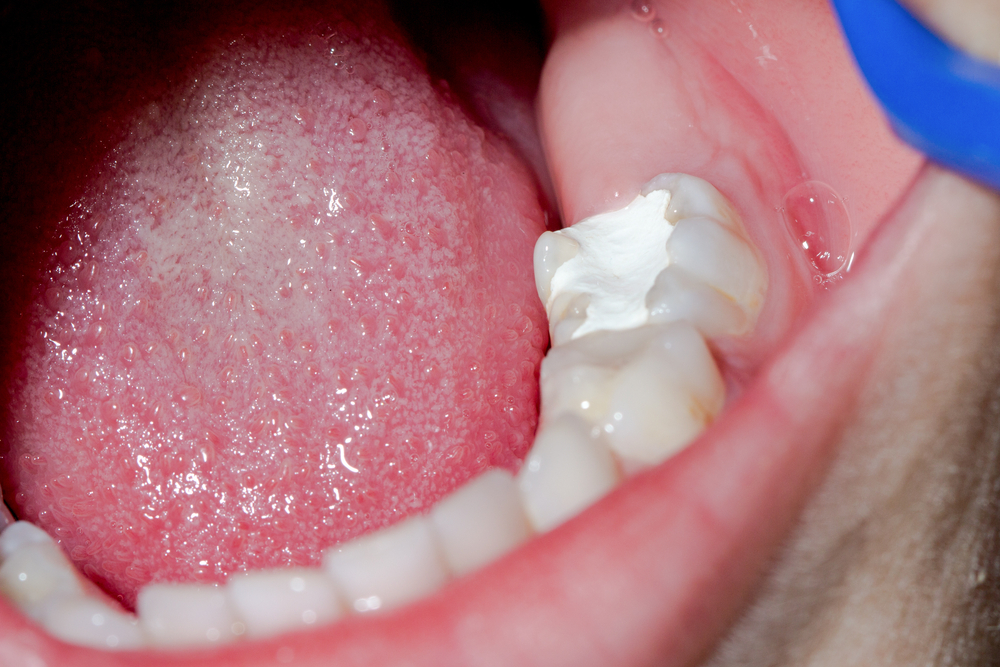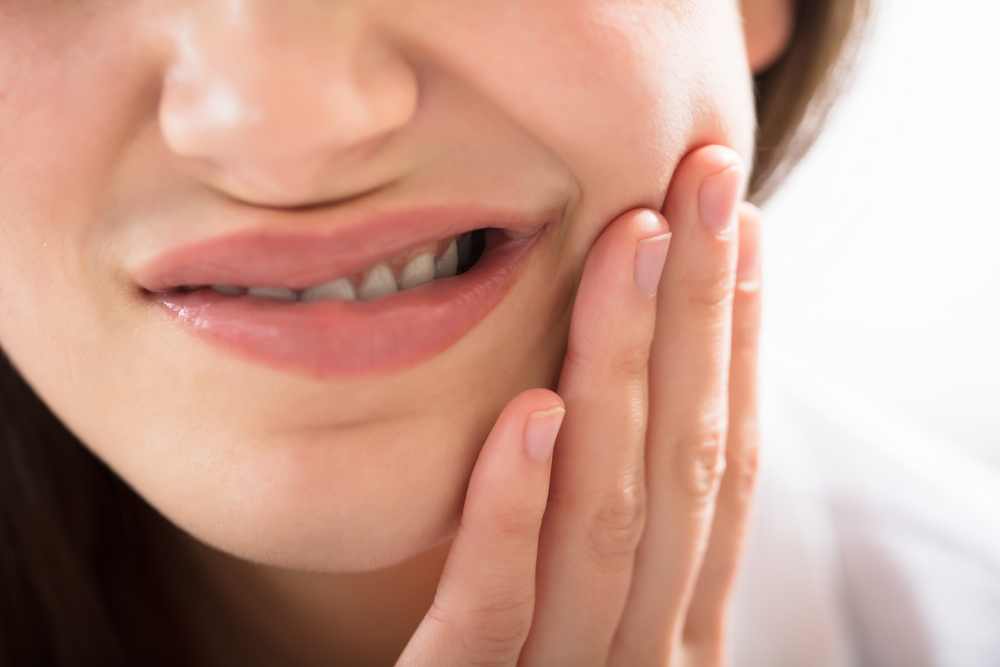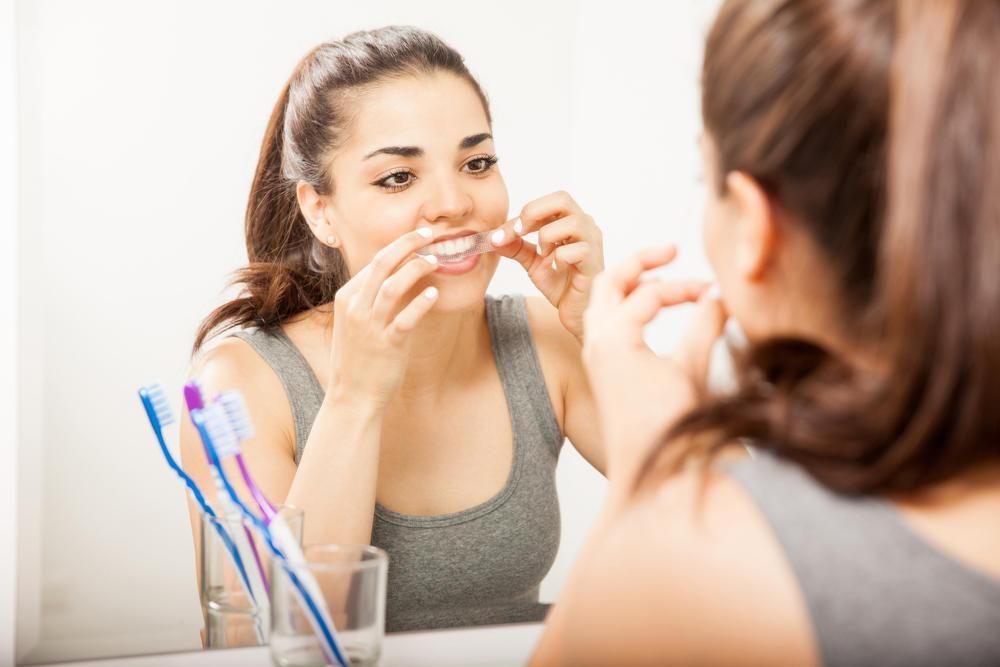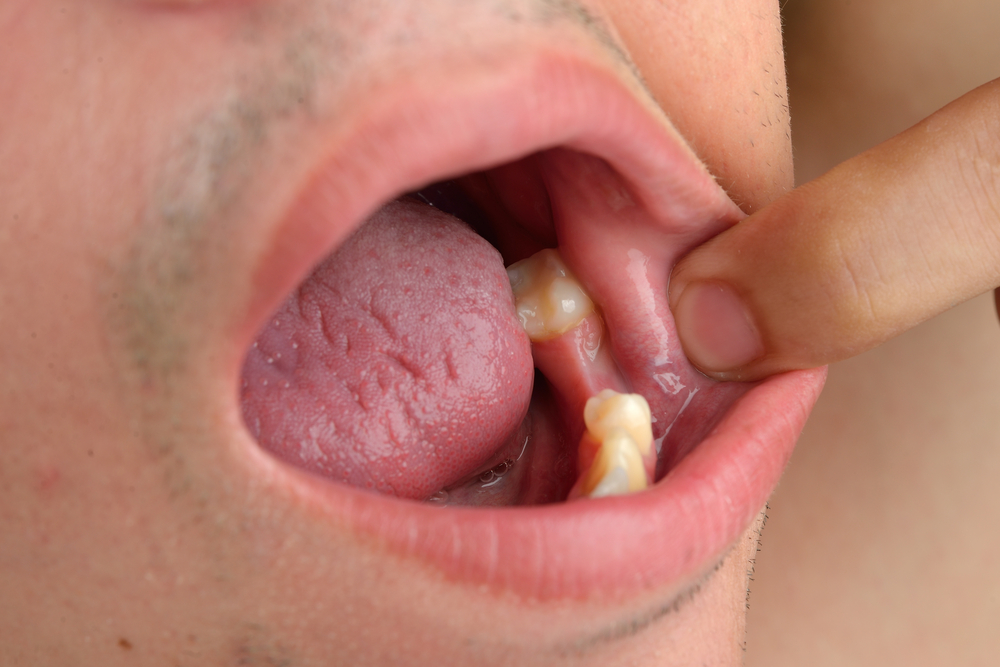- Your toothbrush can harbor millions of germs picked up from your mouth, the air, and bathroom surfaces.
- Most cleaning methods can actually compromise or damage the toothbrush and usually aren’t necessary if you store it correctly.
- Replace your toothbrush each time you recover from an infectious illness to avoid any risk of reinfection.
- Good dental hygiene dictates that you replace your toothbrush every few months or whenever the bristles begin to look worn.
When was the last time you replaced your toothbrush? If you can’t remember, it’s definitely time to throw it away. Your toothbrush can harbor millions of bacteria, viruses, and germs picked up from both your mouth and your bathroom.
But can your toothbrush make you sick? Should you store it in an airtight container to protect it? Is it ever okay to share a toothbrush with someone else? We’ve answered these most frequently asked questions about toothbrush bacteria and hygiene.
What microorganisms does your toothbrush carry?
You use your toothbrush to clean your teeth, so you assume your toothbrush itself is clean, right? Wrong.
“Your toothbrush may contain up to 100 million bacteria,” says New York City dentist Dr. Timothy Chase.
To put that in perspective, over 500 different types of bacteria have been identified within the human mouth. Some of these are “good” bacteria that are totally harmless and may even work to protect your teeth and gums. However, over the years researchers have also identified various germs on toothbrushes, including the flu virus, staph bacteria, E. coli, yeast fungus, and strep virus.
How is your toothbrush exposed to these germs?
Your toothbrush doesn’t pick up bacteria and other microorganisms from just your mouth. Additional germs can also splash onto it from the sink, or you might inadvertently flick water onto the bristles as you wash your hands.
Worse, germs projected up by the flushing of a toilet can remain airborne long enough to land on your toothbrush. Furthermore, after a shower, the wet, steamy environment is perfect for bacteria and other germs to breed.
On a related note, if you drop your toothbrush on the bathroom floor, don’t just pick it up and carry on as usual. In that event, your toothbrush isn’t just exposed to everything airborne, it also touches whatever you might have tracked in on your shoes.
(And the five-second rule is false—dropped objects can become contaminated by bacteria the instant they make contact with the floor.)
“Toothbrushes may even have bacteria on them when you take them out of the plastic, since there is no requirement for sterile packaging,” notes Boston-based dentist Dr. Marc Ackerman, DMD, MBA, FACD.
How should you store your toothbrush?
Thankfully, there are steps you can take to limit your toothbrush’s exposure to germs. You may be tempted to enclose your toothbrush in an airtight container to shield it from germs, but this moist environment will actually defeat the purpose and encourage bacteria to breed instead.
At a minimum, the American Dental Association (ADA) recommends thoroughly rinsing your toothbrush with tap water after each use and allowing it to completely air dry (to discourage the growth of bacteria) in an upright position before the next use.
In fact, some people even advocate for alternating between two toothbrushes to ensure each one has time to dry completely between use.
As for where to store your toothbrush in the bathroom, make sure it’s as far away from the toilet as possible and try to keep it away from the sink—or any other source that could propel germs. If you’re really concerned, you can store it in a different room such as the bedroom.
How should you clean your toothbrush?
There are a variety of at-home methods that are said to disinfect a toothbrush, including freezing, boiling, running it through the dishwasher or microwave, and sterilizing it with ultraviolet (UV) light.
However, the ADA cautions that any cleaning method beyond rinsing the toothbrush in tap water and letting it air dry are not supported by currently available clinical evidence.
The Centers for Disease Control and Prevention (CDC) concurs, noting that dishwashers, microwaves or UV devices may damage the toothbrush: “You do not need to soak toothbrushes in disinfecting solutions or mouthwash, which may actually spread germs under the right conditions.”
If you opt for a UV sanitizer, be sure to choose one that has been approved by the Food and Drug Administration (FDA).
Can your toothbrush make you sick?
In short, it depends on the type of sickness. Despite the presence of so many germs and bacteria, if you’re feeling hale and hearty, your own toothbrush shouldn’t pose any danger as long as you’re storing it correctly.
“It is highly unlikely that these bacteria will cause you any harm,” Dr. Chase says.
“Most microorganisms that are on your toothbrush aren’t harmful, and there isn’t great evidence that bacterial growth on toothbrushes will lead to specific health problems,” Dr. Ackerman adds.
However, if you’re already sick, you will leave germs on the toothbrush when you brush your teeth.
Reinfection rates depend on the type of infection you have. If you have a bacterial infection, such as strep throat, you can become reinfected with the same strain, whereas you can only get a single strain of a virus once. But there are many different types of the same virus—for instance, there are more than 200 variations of the common cold, which is why you keep catching them.
Regardless of what type of infection you have, your immune system will already be weakened at that point, and you never know what other germs might be hiding on your toothbrush. So if you’ve been sick—whether with bacteria, a virus, or something else— it’s usually safest to just throw out your old toothbrush and start anew.
Can you get sick from sharing a toothbrush with someone else?
In a word, yes. Because you aren’t immune to another person’s microorganisms, you can contract a cold, bacterial infection, or even a blood-borne disease such as hepatitis B or C from using someone else’s toothbrush. “You should never share a toothbrush with another person,” Dr. Ackerman warns.
You should even be cautious about sharing toothpaste: If the bristles of the brush touch the rim of the toothpaste tube, the rim can transfer germs to the next toothbrush as well. If you share a bathroom, store each toothbrush separately.
How often should you change your toothbrush?
At a minimum, you should be replacing your toothbrush every three to four months for soft or medium bristles and every six months for hard bristles—or whenever the bristles begin to look worn. You should throw out your toothbrush and get a new one after you recover from a cold, the flu or any other infectious sickness.
If you are at a higher risk for infection or reinfections—if you have a systemic disease that may be transmissible by blood or saliva or a compromised immune system due to disease, chemotherapy, radiation treatment—you should consider replacing your toothbrush more often or even look into disposable toothbrushes, if your finances will allow. You should also use your own toothpaste to prevent cross-spreading infection.
You only have one set of teeth, so take good care of them. Beyond brushing your teeth twice a day and engaging in good toothbrush hygiene, you should see your dentist for regular cleanings and checkups at least twice a year.





